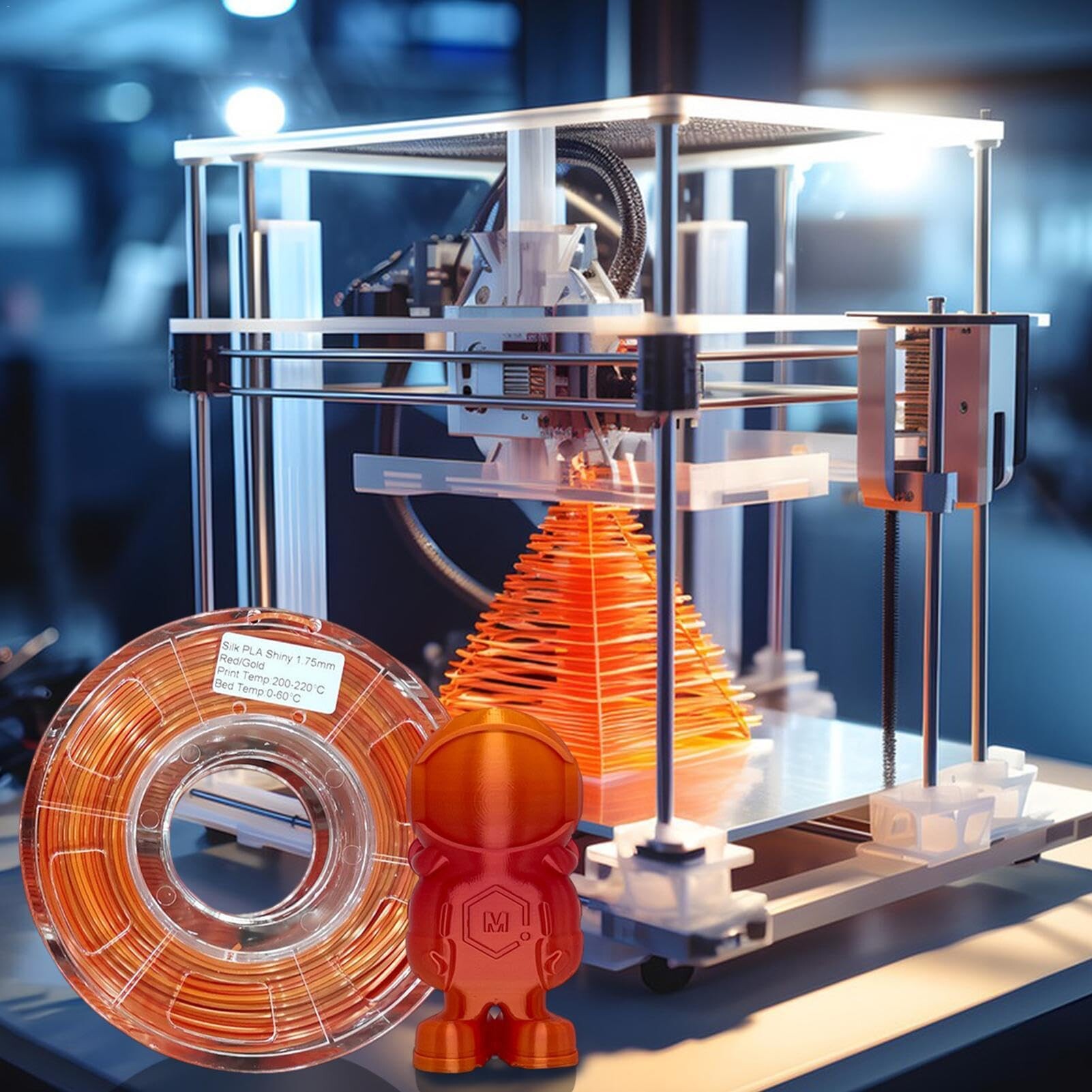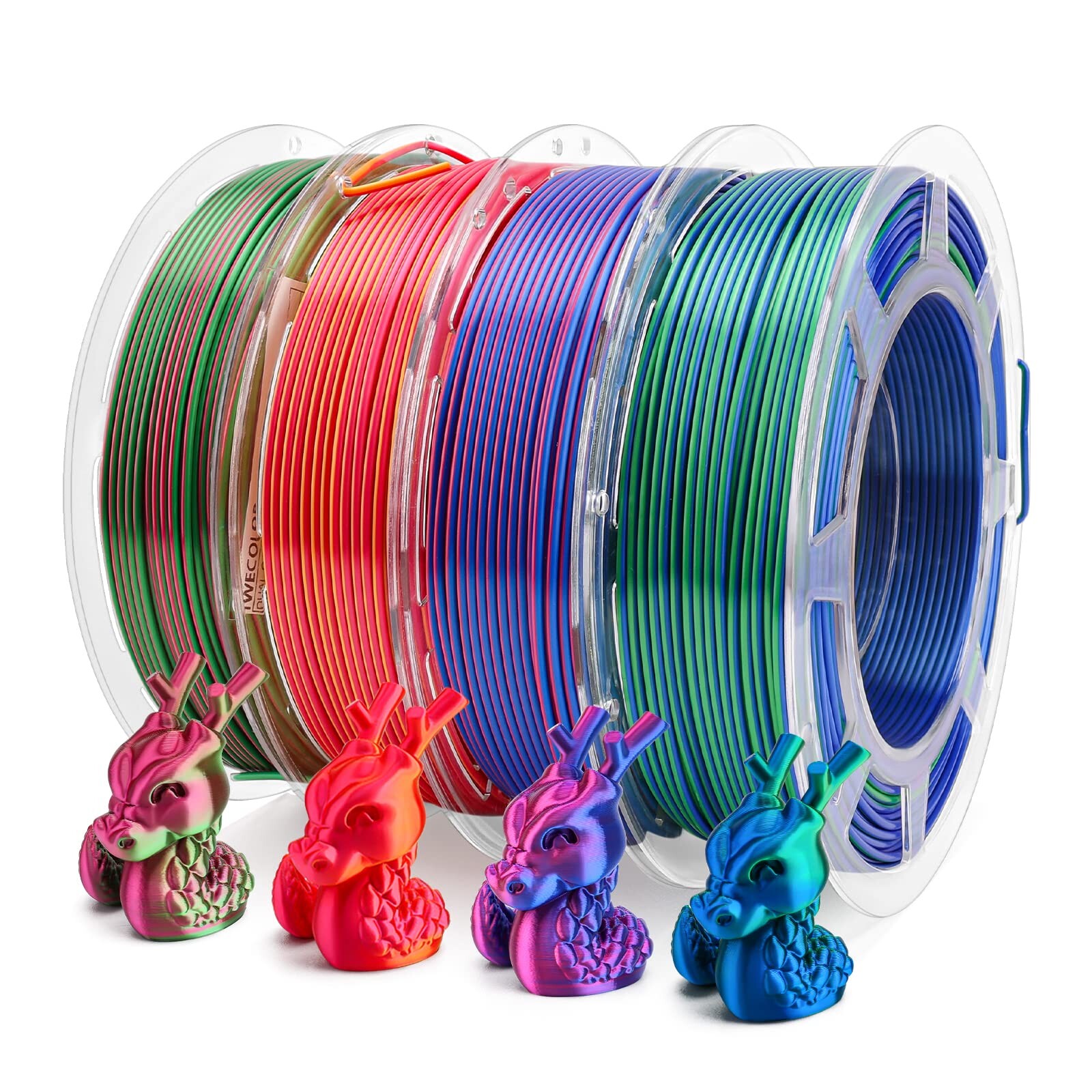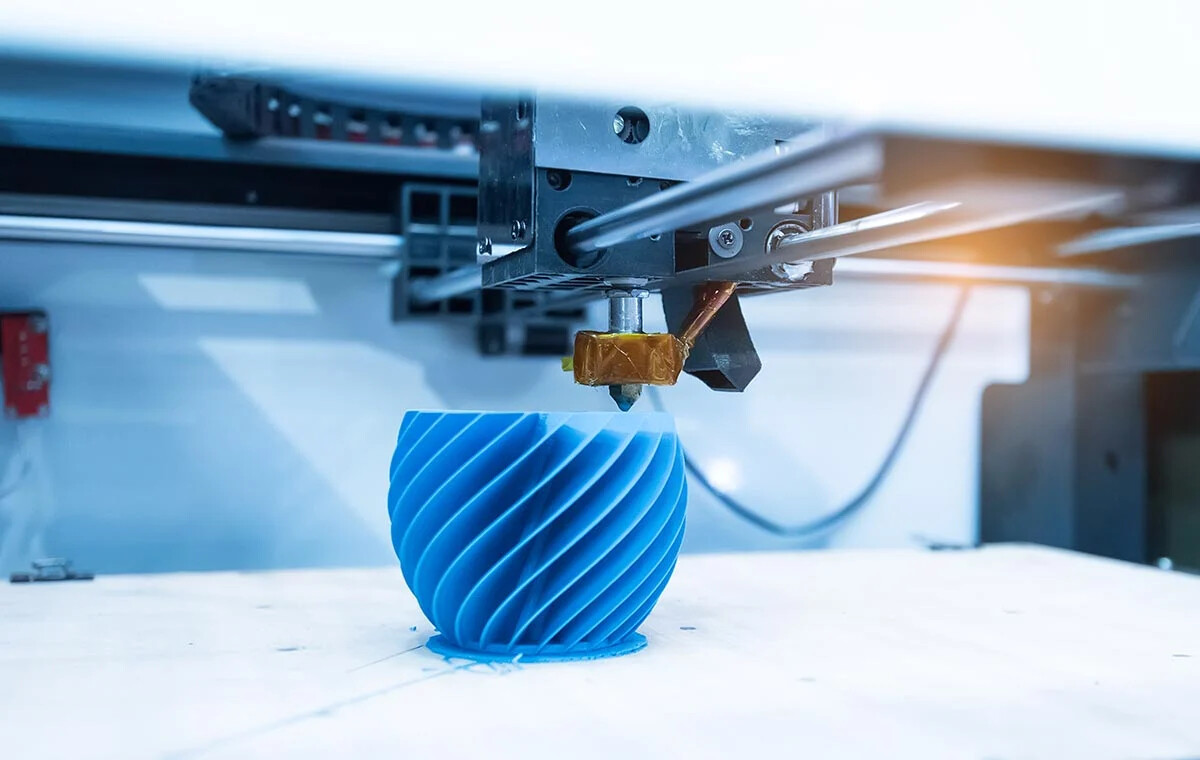Stars among filaments - Spectrum, C-Tech, Gembird and Verbatim
3D filaments and overall 3D printing has become very popular recently. This method of printing is the result of technological advances and is very widely used not only in industry, but also already in homes and schools. In order to achieve high quality 3D printing, the Spectrum, C-Tech, Gembird or Verbatim filaments that we offer are a key element.
Why are filaments so popular?
Filaments are becoming an essential part of the 3D printing industry and their popularity is growing. They can be made from a variety of materials such as PLA, ABS, PETG and more, allowing them to be used for a variety of purposes and allowing users to create accurate and complex models. The color palette of filaments used to include only basic colors, but nowadays filaments can have metallic, glitter, or even natural pigments in them, for example.
Who can use 3D filaments and for what?
- Industrial manufacturers for the production of prototypes, spare parts and special components
- Schools and universities can use it as a teaching tool for engineering and design students
- Designers and artists to create artworks and innovative designs
- Home users for creating toys, practical household gadgets and decorations
Types of filaments
-
Filament ABS - ABS material is one of the most commonly used types of filament. ABS filament is strong and resistant to low and high temperatures. It is used, for example, for the production of various parts for mechanical engineering, printing of mobile device covers and also LEGO bricks.

Filament ASA - ASA filament material is a high quality thermoplastic, which is considered to be the successor of ABS filament. ASA filament prints are resistant to sunlight, have excellent mechanical resistance, rigidity and heat resistance, making them more suitable for outdoor use. You can use ASA filament for 3D printing of gardening tools, tools for sports activities or decorations for the garden.
-
Filament FLEX - The name "Filament FLEX" tells us that the material of these printing strings is flexible. They are made of thermoplastic elastomers, soft rubber materials and other additives. The advantage of these additives is that they make the printed products very resistant to high loads. Filament FLEX is suitable for 3D printing objects that might be subject to impact, such as mobile device covers, car tires for handling or even various decorations.
-
Filament PCTG - The PCTG filament material is resistant to high temperatures up to 76 °C and chemicals, and is also more transparent. However, its greatest boast is its high impact resistance (resistance to bending, torsional or tensile impact), so the resulting products made from this material will hold their shape even under pressure. You can use PCTG filament in the food industry, healthcare, but also, for example, in industry and robotics.
-
Filament PETG - PETG filament is an improved version of PET by adding modified glycol to create a less fragile printing string with even easier handling and impact resistance. PETG filament is one of the popular filament types for 3D printing. Its temperature resistance extends up to 70°C, is more resistant to chemicals and UV rays, and is easily recycled.
-
Filament PLA - PLA filament is the most popular printing filament for 3D printing. The material of these filaments is a thermoplastic polymer that is made from renewable resources (corn or potato starch, sugar cane, etc.), so it is also the most biodegradable. In addition, this filament does not smell when 3D printing and there is no need for heated pads to print with it.
-
Filament PLA Silk - Filament PLA Silk is a combination of PLA material and interesting colour pigments. The composition of PLA Silk filament is exactly the same as classic PLA filament - it is also made from renewable resources, has a lower printing temperature, does not smell and does not require a heated pad. The most common use of this silky, glossy filament is certainly in decorations that are not easily overlooked.

Industrial filaments - Industrial filaments can have different designations (e.g. PC 275, PA6, PMMA, TPE) depending on the type of material. However, all industrial filament materials have a common mission, and that is to withstand the harshest conditions and suit the most demanding printing projects.
-
WOOD filaments - Filament wood is usually a combination of PLA or ABS material and recycled wood particles. The product will thus have the look and even the smell of real wood. The composition of PLA wood filament is exactly the same as classic PLA filament - it is also made from renewable resources. Thanks to the addition of real wood, subsequent prints can also be varnished or machined.
Filamnets ASA, PETG and PLA may still differ in their names depending on whether or not there are any special admixtures in their materials. For example, PLA filaments may have special pigments in them (matte, glow-in-the-dark, shimmering, metallic, etc.).
You can find all of these types of 3D printing filaments from Spectrum, C-Tech, Gembird and Verbatim on our site and we even have most of them in stock so you don't have to wait long to get your products and can print as quickly as possible.
Sára from CDRmarket















